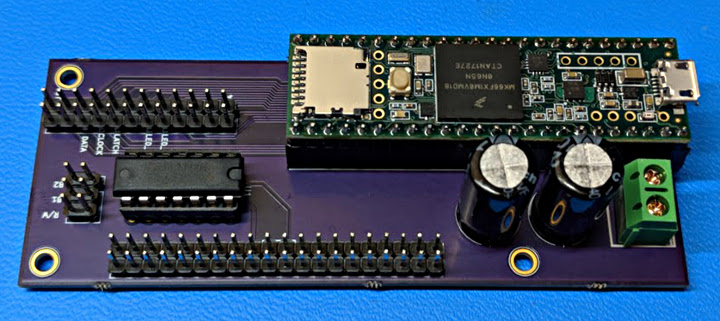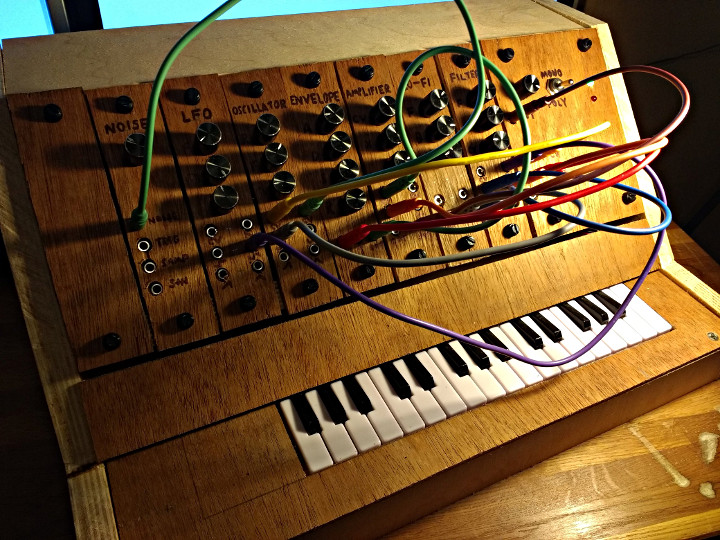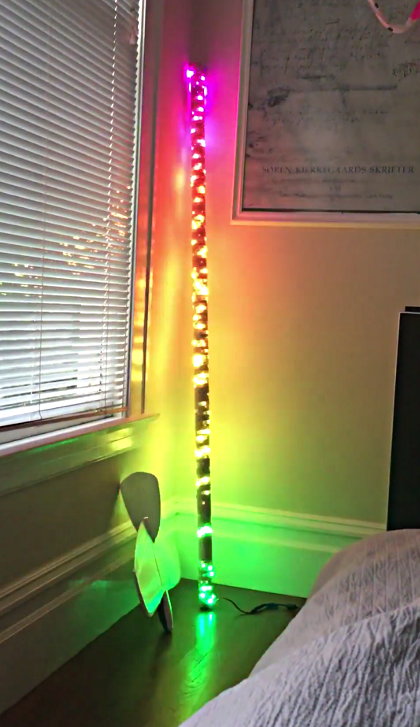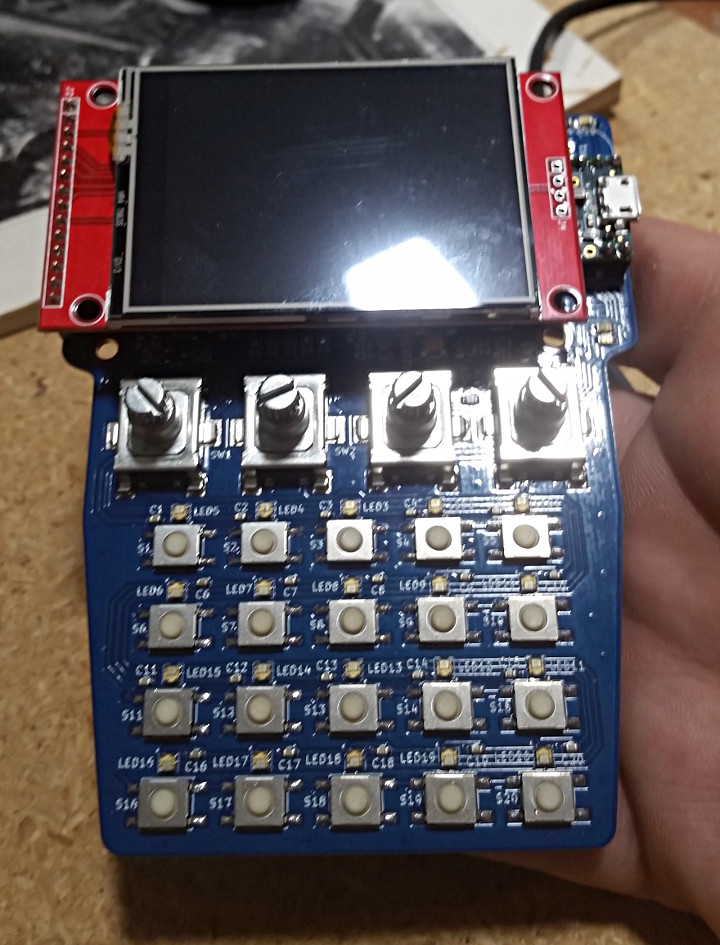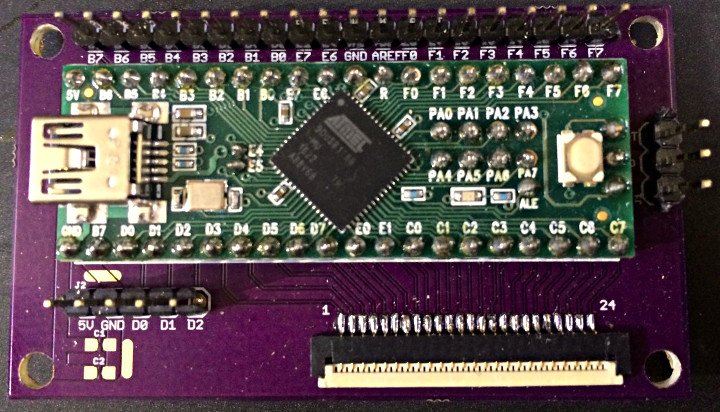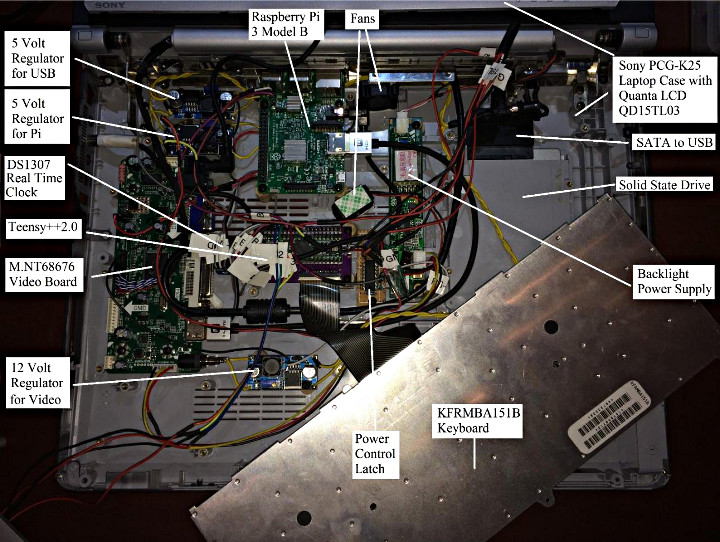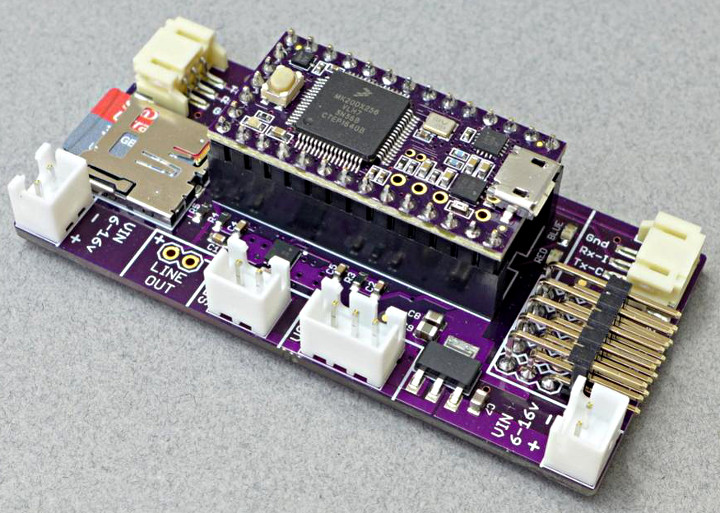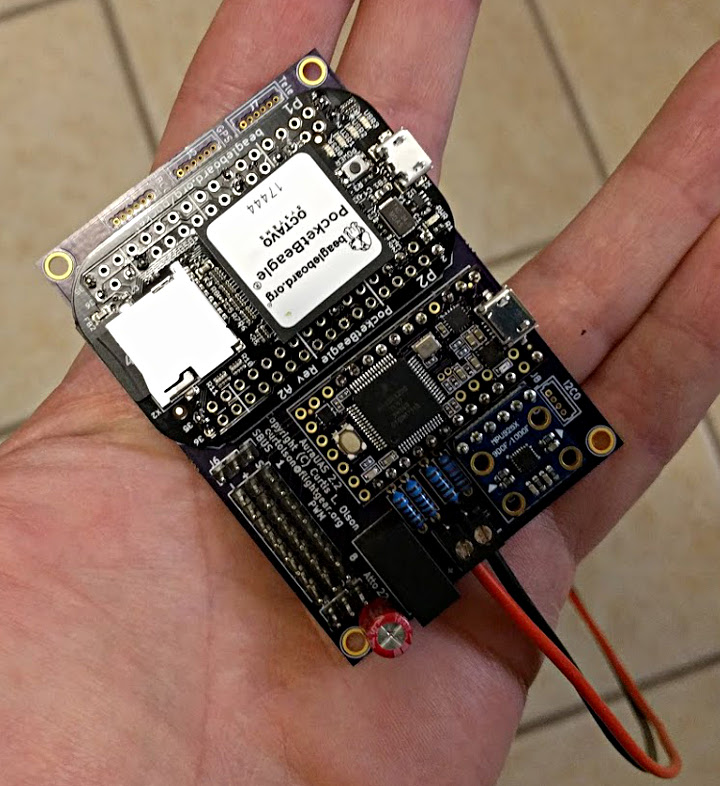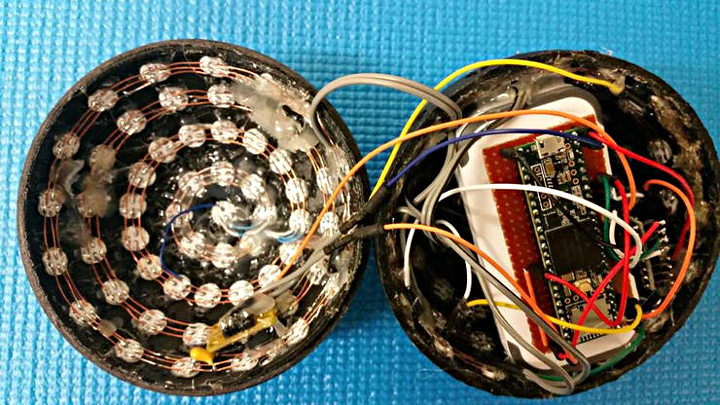Frank Adams came up with a “nearly universal” USB controller to allow users to breathe life back into the keyboards from old lap tops.
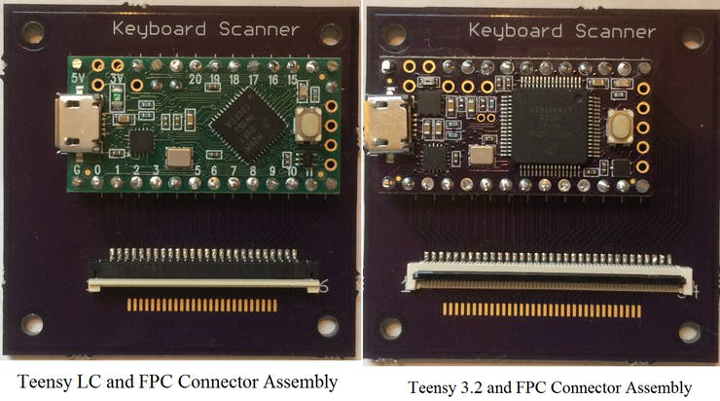
Frank saw a lot of forum posts from people asking how to revive a keyboard from an old, broken laptop. Many of the answers were to the tune of “it can’t be done” or “it’s too hard”, so he set out to come up with a solution. The final result is clever controller board that works with almost all keyboards. One side of the board uses a Teensy-LC for FPC cables with up to 26 pins. The other side uses a Teensy-32 for FPC cables with up to 34 pins.
Check out this Instructibles page for detailed information on how to build this yourself.
Code for the project is available in this GitHub repository.
